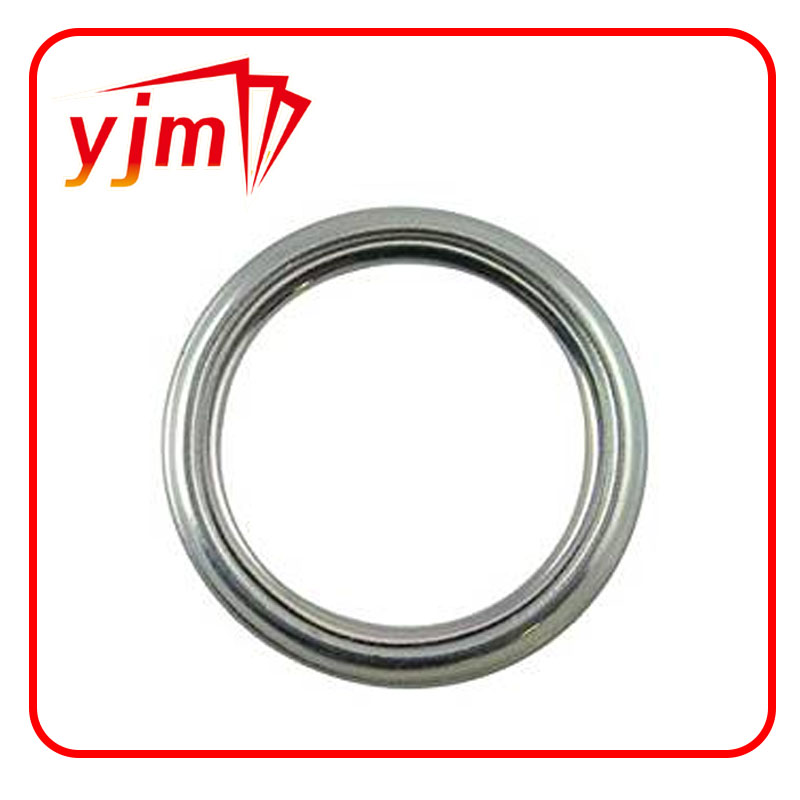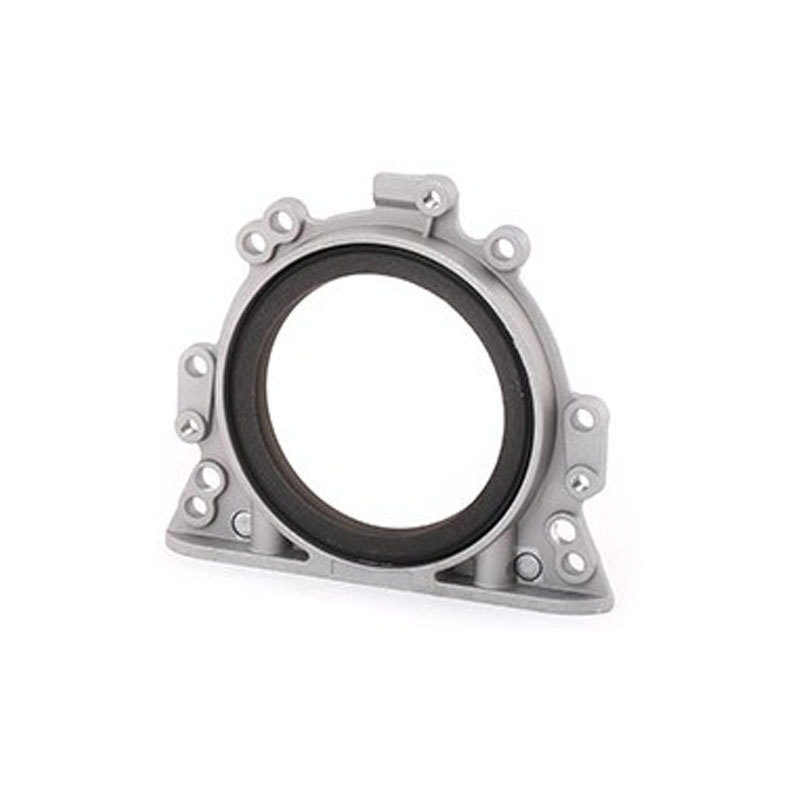YJM Oil sump gasket 11 13 7 511 224


Carefully remove the old gasket, ensuring not to scratch or damage the surface it rests upon. Clean the surface meticulously with a solvent to eliminate residual oil and grime, promoting proper adhesion for the new gasket. Position the new oil gasket precisely, aligning it to the bolt holes before reattaching the oil pan. Torque the bolts in a criss-cross pattern as per the manufacturer’s specifications to ensure even pressure and prevent future leaks. Refill the engine with fresh oil, reconnect the battery, and start the engine, checking for leaks around the replaced gasket. If there's no trace of oil seepage and the engine runs smoothly without unusual noises, the replacement has been successful. Replacing an oil gasket is more than just a maintenance task; it is an endeavor in preserving the health and efficiency of your vehicle's engine. Regular inspection and timely replacement ensure minimal downtime and keep more severe mechanical failures at bay. Gaining proficiency in such tasks not only builds confidence but also enhances sustainability by reducing the dependency on professional services for minor repairs. However, consulting with or enlisting the help of a professional mechanic is advised if you're uncertain about any step in the process to guarantee safety and accuracy. By understanding not just the how, but the why of oil gasket replacement, you empower yourself with the knowledge to maintain your vehicle in peak condition, aligning with best practices in automotive care. Remember, a well-tended engine is the cornerstone of reliable transportation and enduring service.
-
Understanding the Front Main Engine Seal: Purpose, Maintenance, and Installation
News Jul.29,2025
-
Understanding O-Rings and Seal Rings: Types, Applications, and Custom Solutions
News Jul.29,2025
-
Understanding Crankshaft Oil Seals: Rear Seals, Pulley Seals, and Their Role in Engine Integrity
News Jul.29,2025
-
The Importance of Front and Rear Crankshaft Seals in Engine Performance and Oil Management
News Jul.29,2025
-
Crank Oil Seals: Functions, Types, and Cost Considerations in Engine Maintenance
News Jul.29,2025
-
A Comprehensive Guide to O-Rings and Seals: Types, Materials, and Global Applications
News Jul.29,2025
-
Mastering Diesel and Performance Engine Maintenance: A Guide to Critical Oil Gaskets
News Jul.28,2025
Products categories















